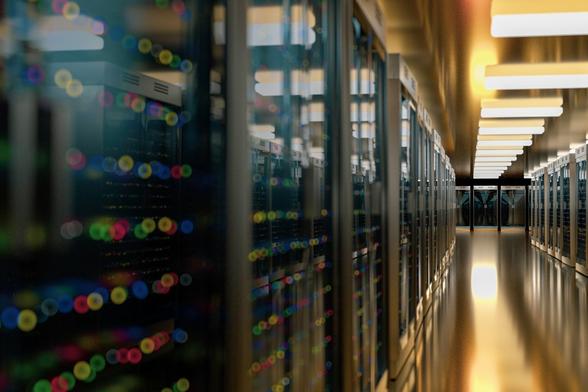#DataCenters could set back #climate progress
#AI, #cryptocurrency ‘mining’ and our #digital lifestyles imperil the #energy transition — and the planet.
Jonathan Thompson
June 27, 2024
"In 2018, California utility regulators approved a plan to shutter #DiabloCanyon’s two nuclear reactors in 2024 and 2025. Doing so would deprive the state’s grid of 2,323 megawatts of generating capacity, but Pacific Gas & Electric, the plant’s operator, and a coalition of labor and environmental groups proposed replacing the lost power with renewables. The plant kicked out enough juice to light up about 1.7 million homes, but replacing that power seemed feasible, especially since PG&E predicted that demand would steadily decline over time, as more folks put solar on their roofs and slashed their energy consumption.
"#ProNnuclear eco-modernists, who see atomic fission as a primary way to avoid the climate catastrophe, mourned the imminent loss of so much carbon-free power. But clean energy advocates hailed it as a sign of the impending energy transition — a move away from gluttonous power consumption into a system where we use much less electricity and generate more of it from solar panels.
"Now, however, the whole scenario has been turned on its head: Diablo Canyon’s reactors are poised to continue fissioning atoms for the foreseeable future. Contrary to #PG&E’s optimistic projections, society, in general, is growing even hungrier for power.
"Diablo Canyon remains a symbol of the energy transition, no doubt, but not in the way people once hoped. Now its continued existence represents a transition gone awry.
"If you look at the supply side alone, you could be fooled into thinking that the energy transition is still going strong. #Solar-generating capacity in California has doubled in the last six years. On multiple occasions this spring, #renewable energy sources supplied more than 100% of the total electricity demand on California’s grid in the afternoon, when solar output peaks. Even more notable is the growth of grid-scale battery storage in the state, jumping from 770 megawatts in 2019 to more than 10,000 now. On one day in April, battery storage discharge became the largest energy source on California’s grid.
"On the demand side, however, things have gone haywire. Earlier this month, PG&E CEO Patti Poppe predicted that the utility’s load — or the amount of power consumed — would double by 2040. Poppe is not exaggerating; #Texas grid operators expect demand to double there in just six years. Some of this added load was foreseeable. Human-caused #ClimateChange is increasing temperatures, transforming energy-intensive air conditioning from a luxury to a life-or-death necessity. And all those #Teslas and other electric vehicles [#EVs] you see cruising on the highway? They need to be charged, even as more folks are switching out their dirty natural gas appliances for electric ones.
"But back in 2018, few anticipated the incredibly rapid buildup of all the electricity-sucking data centers that we would need to process our credit card payments, all the computing we do, our constant #GoogleSearches and the endless movies we stream. Those demands, meanwhile, pale in comparison to the huge power consumption required to mine a single bitcoin or process a generative AI operation. And together they are threatening to overwhelm power supplies altogether, straining the grid and throwing a digital wrench into the energy transition."
Read more:
https://www.hcn.org/articles/do-data-centers-mean-doomsville-for-renewable-energy/


